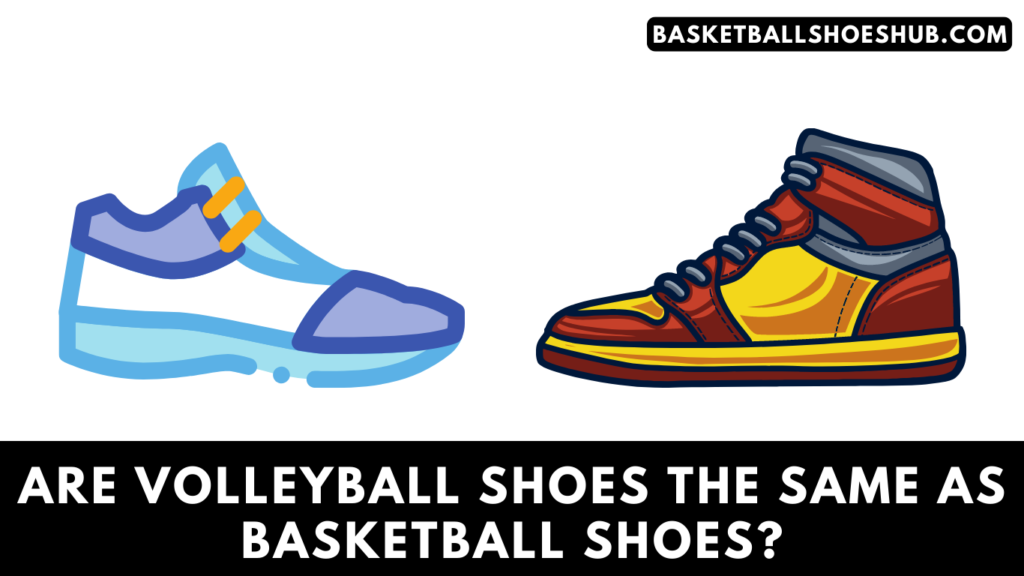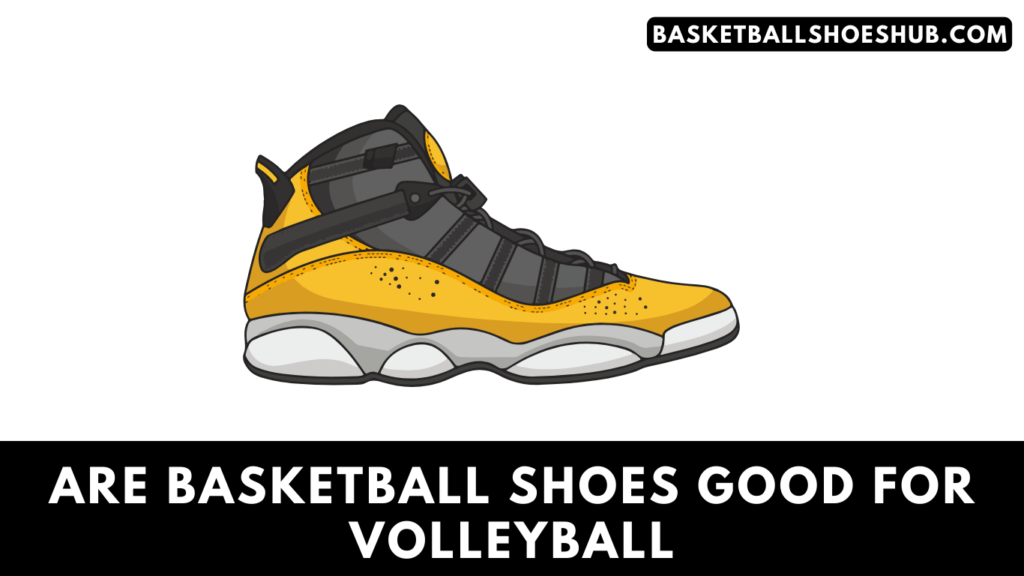When it comes to sports performance, having the right equipment can make all the difference. For athletes who participate in fast-paced indoor sports like volleyball and basketball, footwear plays a critical role in ensuring stability, agility, and overall performance on the court. While some may assume that volleyball shoes and basketball shoes are interchangeable, it is essential to understand the nuances between the two and choose the appropriate footwear to excel in your chosen sport. In this article, we will delve into the key differences between volleyball shoes and basketball shoes, guided by experts in the field, to help you make informed decisions and elevate your game to new heights.
The Importance of Sport-Specific Footwear:
Before we delve into the specific differences, let’s emphasize the significance of wearing sport-specific footwear. Both volleyball and basketball involve explosive movements, lateral cuts, and quick changes in direction. Therefore, the right shoes can provide the necessary support, traction, and cushioning to minimize the risk of injury and optimize performance.
Volleyball Shoes:
Volleyball shoes are specifically designed to cater to the unique demands of the sport. Experts agree that volleyball shoes prioritize stability, lightweight construction, and enhanced grip on indoor surfaces. They typically feature a low-cut design that allows for increased ankle mobility, essential for quick lateral movements and rapid transitions. Volleyball shoes also incorporate cushioning technology to protect against the impact of repetitive jumps and landings, which are common in the sport.
The outsoles of volleyball shoes are crafted to provide excellent traction on slick indoor courts, preventing slips and enabling swift movements. Additionally, the sole’s pattern often includes a gum rubber compound, which enhances grip without leaving marks on the floor.
Basketball Shoes:
Basketball shoes, on the other hand, are tailored to the specific needs of basketball players. As with volleyball shoes, they prioritize stability and traction, but they often offer more ankle support due to the high-top design. This design choice aims to protect basketball players from sprains and provide additional stability during explosive movements and landings.
In basketball, where players frequently jump and land, cushioning is of utmost importance. Basketball shoes typically incorporate advanced cushioning systems that provide impact protection and energy return, allowing players to perform at their best throughout the game.
Moreover, basketball shoes tend to have a herringbone pattern on the outsole, which provides exceptional traction on both indoor and outdoor courts. The pattern’s design helps players make quick cuts, sudden stops, and changes of direction without sacrificing stability or grip.
Key Differences:
1. Ankle Support: Volleyball shoes generally have a low-cut design, while basketball shoes often feature a high-top design for added ankle support.
2. Cushioning: Volleyball shoes prioritize cushioning that protects against repetitive jumping and landing, while basketball shoes often incorporate more advanced cushioning systems for impact absorption and energy return.
3. Outsole Design: Volleyball shoes have outsoles optimized for indoor surfaces, with a gum rubber compound for enhanced grip without marking the court. Basketball shoes often feature a herringbone pattern that offers excellent traction on both indoor and outdoor courts.
Conclusion:
Choosing the right footwear is vital for maximizing performance and reducing the risk of injuries in sports like volleyball and basketball. While both volleyball shoes and basketball shoes share similarities in terms of stability and traction, they also have distinct features tailored to the specific demands of each sport. Volleyball shoes prioritize lightweight construction, stability, and grip on indoor surfaces, while basketball shoes provide ankle support, advanced cushioning, and versatile traction suitable for different court types.
By understanding the differences between these two types of athletic footwear and making informed decisions based on your sport of choice, you can enhance your game and elevate your performance on the court. Remember to consult with experts, try on various brands and models, and prioritize comfort and fit when selecting your sports shoes. With the right footwear on your side, you’ll be ready to conquer the court with confidence, agility, and style.
FAQs About the Differences Between Volleyball Shoes and Basketball Shoes
1. Are volleyball shoes and basketball shoes interchangeable?
While volleyball shoes and basketball shoes share some similarities in terms of stability and traction, they are not interchangeable. Volleyball shoes prioritize lightweight construction, stability, and grip on indoor surfaces, while basketball shoes offer ankle support, advanced cushioning, and versatile traction suitable for different court types.
2. Can I use basketball shoes for playing volleyball?
While it is technically possible to use basketball shoes for playing volleyball, it is not recommended. Volleyball shoes are specifically designed to cater to the unique demands of the sport, providing optimal stability, lightweight construction, and enhanced grip on indoor courts. Using basketball shoes may compromise your performance, as they may lack the necessary features for volleyball-specific movements such as lateral cuts and rapid transitions.
3. What are the key differences between volleyball shoes and basketball shoes?
The key differences between volleyball shoes and basketball shoes lie in their design and functionality. Volleyball shoes typically have a low-cut design for increased ankle mobility, cushioning technology for repetitive jumping and landing, and outsoles optimized for indoor surfaces. Basketball shoes often feature a high-top design for added ankle support, advanced cushioning systems for impact absorption and energy return, and outsoles with a herringbone pattern for excellent traction on both indoor and outdoor courts.
4. Can I wear volleyball shoes for basketball?
Wearing volleyball shoes for basketball is generally not recommended. While volleyball shoes provide stability and grip on indoor surfaces, they may lack the ankle support and cushioning required for the demanding movements in basketball. Basketball shoes, with their high-top design and advanced cushioning, are specifically engineered to cater to the specific needs of basketball players, offering optimal performance and injury prevention.
5. What should I consider when choosing between volleyball shoes and basketball shoes?
When choosing between volleyball shoes and basketball shoes, consider the specific demands of your chosen sport. Evaluate factors such as ankle support, cushioning, traction on different court surfaces, and the type of movements involved. Additionally, prioritize comfort, fit, and overall performance-enhancing features. Consulting with experts or knowledgeable sales representatives can also provide valuable insights to help you make an informed decision based on your individual needs and preferences.



